News
EPJ D Highlight – Estimating uncertainty in atomic spectroscopy
- Details
- Published on 17 April 2024
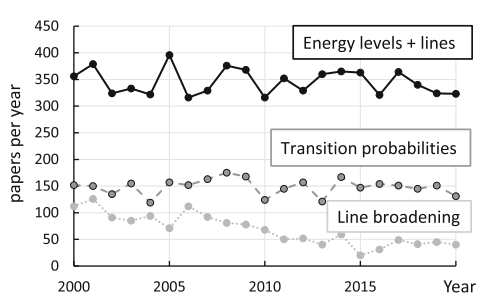
A numerical toolbox offers a robust way to evaluate uncertainty in atomic wavelength measurements.
If you repeat a measurement with the same or different instruments, you’ll get slightly different numbers each time. Estimating the uncertainties associated with these numbers turns them into an informative result. In a study published in EPJ D, Alexander Kramida, of the National Institute of Standards and Technology in Maryland, USA, now explains a new statistical approach for estimating the uncertainty associated with atomic spectroscopy measurements. He discusses how this approach can be applied both to measurements of spectral line wavelengths, and to other atomic properties that are indirectly determined from them.
EPJ Web of Conferences Highlight - mm Universe 2023 - Observing the Universe at mm Wavelengths
- Details
- Published on 11 April 2024

The mm Universe 2023 conference is the third edition in a series of biennial workshops. It is devoted to the observations of the sky at millimetre wavelengths, which has contributed to tremendous improvements in our understanding of a great variety of scientific topics ranging from the star formation in the Milky Way to the measurement of cosmological parameters.
The mm Universe 2023 conference held in Grenoble (France), from 26 to 30 June 2023, has been organized by LPSC (CNRS and Université Grenoble Alpes). With more than a hundred of attendees from 14 countries, it brought together the scientific community working on topics related to the mm Universe, spanning from stellar to cosmological scales.
EPJ ST Highlight - CompactLight: Designing a Cost-Effective XFEL Facility
- Details
- Published on 10 April 2024
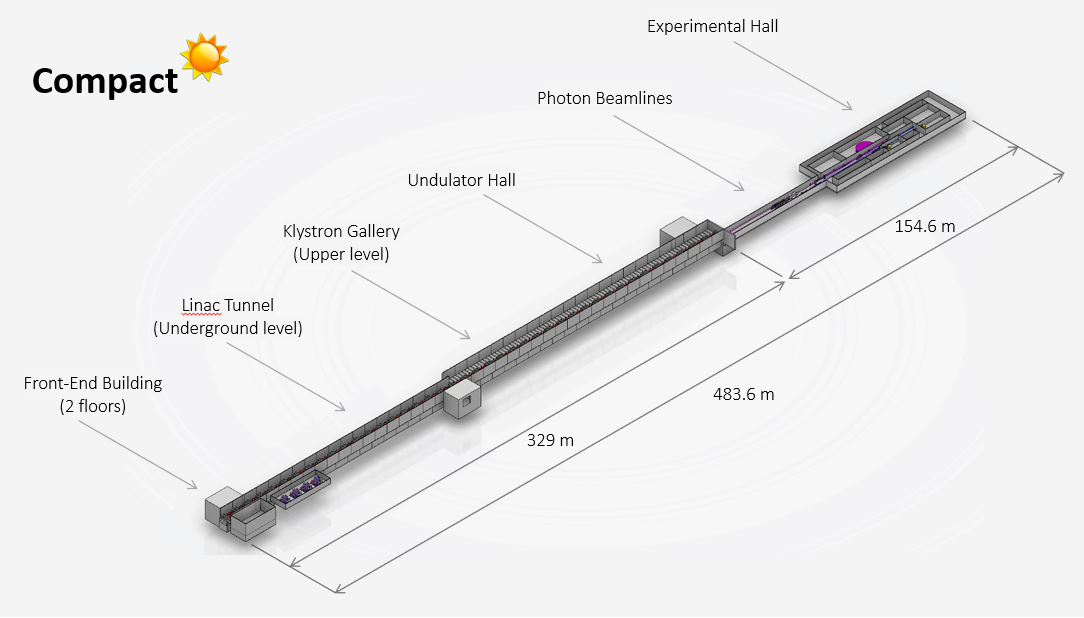
An international group of experts has produced a design for a free electron X-ray laser facility that is significantly smaller and cheaper than those that are currently in use.
Very many advances in structural science since the 1970s were made by probing materials with synchrotron radiation: that is, high energy X-rays generated through accelerating high-energy electrons. The latest generation of such sources, X-ray free electron lasers (XFEL) are far more powerful than their predecessors, but are only accessible to international consortia and a few rich countries because of their high cost. Now, an international group of experts have prepared a design for a more compact and cost-effective XFEL system, accessible to small countries and, perhaps, some individual laboratories. The design is published in EPJ Special Topics (EPJ ST).
Focus Point on Physics in the Balkans: Perspectives and Challenges
- Details
- Published on 05 April 2024
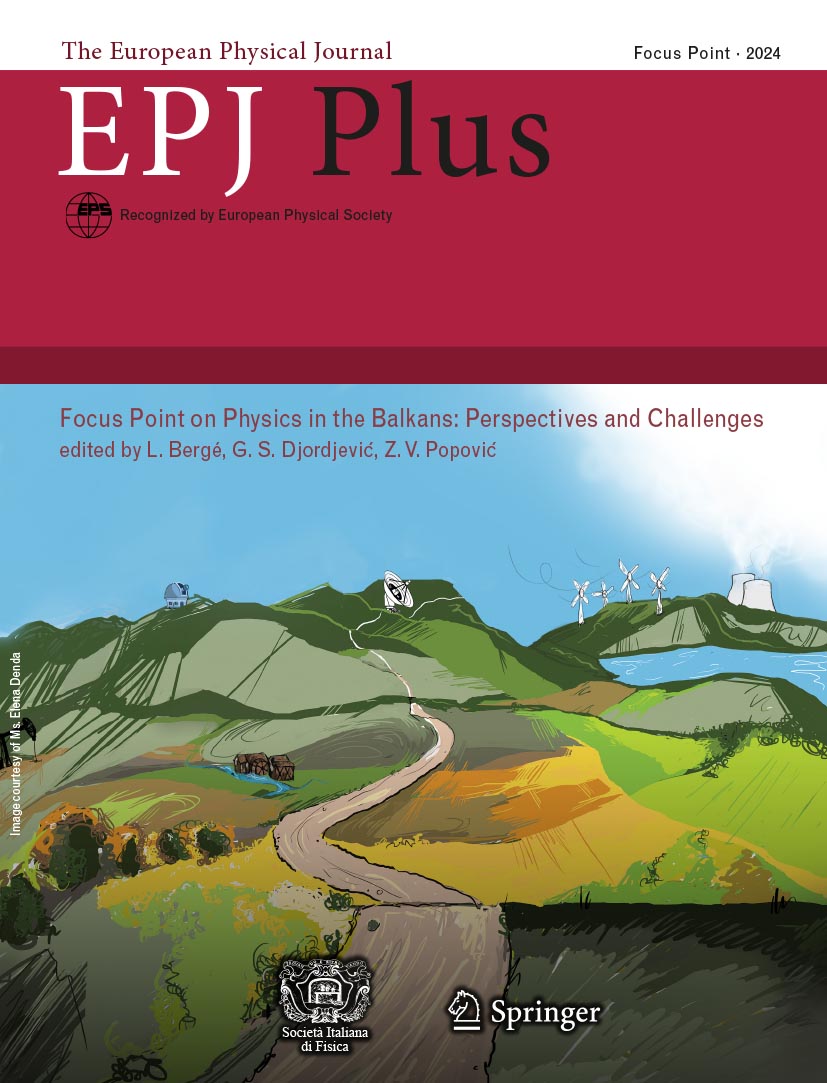
Guest editors: Luc Bergé, Goran S. Djordjević and Zoran V. Popović
One specificity of physics in the Balkans is the existence of a tradition, more than 30 years long, of organizing triennial Balkan congresses (International General Physics Conferences) within the Balkan Union of Physicists (BPU) as a platform for the presentation of the research results of hundreds of participants and their collaborators with the Balkans, from Europe and the world.
The aim of this Focus point of EPJ Plus is to contribute to an overview of the state of the art of research in physics in the Balkans. Eleven of the seventeen plenary and invited lecturers at the BPU11 Congress contributed to this issue. The Focus Point provides valuable insights and highlights results in already established areas, as well as some interesting new research avenues to pursue. This issue contains mainly original scientific papers with review elements in the fields of Solid State Physics, Physics of Materials, Econophysics, Quantum Optics and Laser Physics, Open Quantum Systems, Cosmic Rays and Hubble Tension in Cosmology, Nuclear and Collider Physics.
All articles are freely accessible until 31 May 2024. For further information, read the Editorial.
Adam Maj joins the EPJ Scientific Advisory Committee (SAC)
- Details
- Published on 21 March 2024

The Scientific Advisory Committee of EPJ is delighted to welcome Professor Doctor Adam Maj, as the new representative for the Polish Physical Society.
Adam Maj is a professor of physics and the head of the Division of Nuclear Physics and Strong Interactions in the Institute of Nuclear Physics Polish Academy of Sciences (IFJ PAN), Krakow, Poland, and he coordinates the nuclear physics research program at the Cyclotron Center Bronowice at IFJ PAN. In the past he was the Scientific Director of this institute. He is a member of the NUPPEC committee, member of the Governing Board of the Polish Physical Society and member of the Editorial Board of Physical Review C. His interests are experimental nuclear physics, especially the gamma-spectroscopy, the gamma-decay of giant and pygmy resonances, hot rotating nuclei, high spin physics, novel scintillator detectors, popularization of science.
EPJ B Highlight - Coalescence-fragmentation cycles based on Human conflict
- Details
- Published on 20 March 2024

Inspired by insurgency warfare dynamics, a model predicts patterns of how groups gel and shatter
In 1960, Lewis Fry Richardson famously observed that the severity of a wartime event is described by a simple power law distribution that scales according to the size of the conflict. Statisticians since have since proposed various modifications, but they continue to agree that casualty count in a violent conflict tends to scale with the size of the insurgent group that caused the conflict. In a study published in EPJ B, Brennen Fagan, of the University of York, UK, and his colleagues analyze models of how complex systems coalesce and fragment based on these warfare dynamics. Their work evaluates the robustness of these models and elucidates the relationship between microscopic dynamics and observed phenomena.
EPJ B Highlight - Exploring exotic behaviours in population-imbalanced fermionic systems
- Details
- Published on 11 March 2024
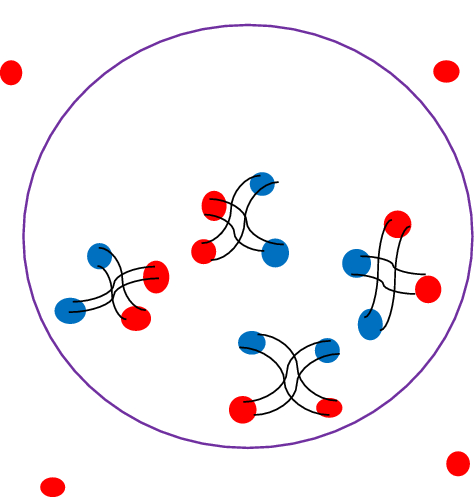
New studies show that oscillations in the quantum states of composite particles in trapped systems can be adjusted using an external magnetic field.
Over the past 20 years, many physicists have studied ultra-cold fermionic systems contained in magnetic or optical traps. When an external magnetic field is applied to a two-species fermionic system, the particles can pair together to form composite ‘bosonic molecules’ with a full-integer spin. These molecules undergo “Bose-Einstein Condensation” when cooled, where all the particles accumulate in the lowest-energy quantum state. The precision of these experiments has now been improved by trapping the particles inside optical lattices: periodic patterns formed by counter-propagating laser beams.
Through new research published in EPJ B, Avinaba Mukherjee and Raka Dasgupta at the University of Calcutta, India, have theoretically predicted a distinctive trend in the oscillations of Bose-Einstein condensates formed from these fermions – which can be adjusted using an external magnetic field. They specifically addressed systems where the two species have unequal population (creating leftover unpaired fermions): leading to exotic new phases. Their result could help physicists to detect such novel phases of matter in imbalanced fermionic systems and could open up new opportunities for quantum technologies.
EPJ B Highlight - Harvesting vibrational energy from coloured noise
- Details
- Published on 05 March 2024
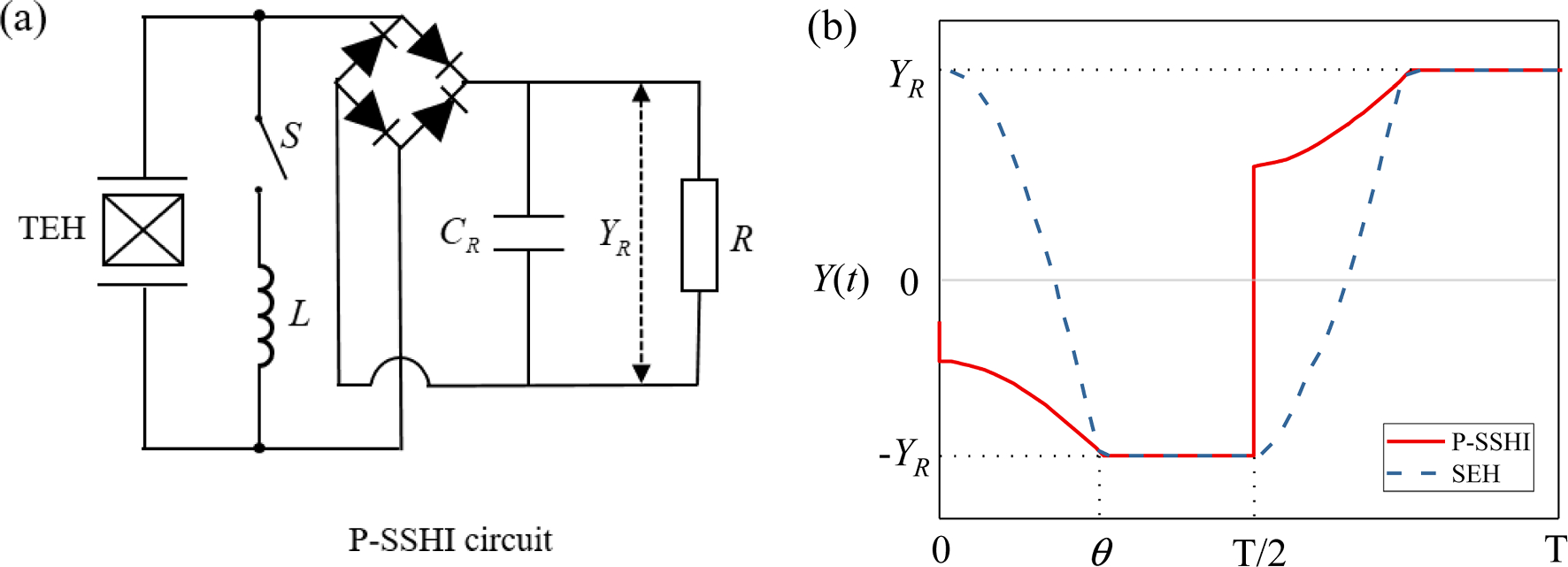
Two engineers from Beijing Institute of Technology in China have shown how to optimise the output of a device that can convert ambient vibrational energy into useful electric power.
The energy demands of today’s ubiquitous small electronic devices – including sensors, data transmitters, medical implants and ‘wearable’ consumer products such as Fitbits – can no longer be met by chemical batteries alone. This gap can be filled by energy harvesters, which turn ordinary, ambient vibrational energy into electrical energy. The most efficient types of harvester are tri-stable energy harvesters, which can convert even low-frequency random vibrations into alternating current (AC) and thence into direct current (DC). Tingting Zhang and Yanfei Jin from Beijing Institute of Technology in China have now investigated how the properties of these systems can be altered to optimise the power output; their findings are published in EPJ B.
EPJ Plus Highlight - Beam balance designs could elucidate the origins of dark energy
- Details
- Published on 05 March 2024
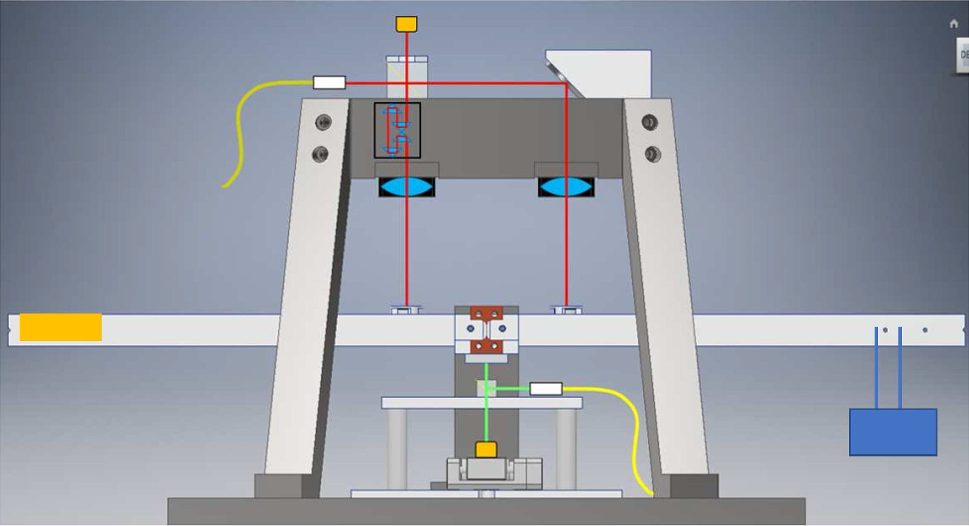
With some improvements, the instrument could help physicists to identify the mysterious origins of dark energy.
One of the greatest problems in modern physics is to reconcile the enormous difference between the energy carried by random fluctuations in the vacuum of space, and the dark energy driving the universe’s expansion.
Through new research published in EPJ Plus, researchers led by Enrico Calloni at the University of Naples Federico II, Italy, have unveiled a prototype for an ultra-precise beam balance instrument, which they hope could be used to measure the interaction between these vacuum fluctuations and gravitational fields. With some further improvements, the instrument could eventually enable researchers to shed new light on the enigmatic origins of dark energy.
EPJ QT Highlight - Access to burgeoning quantum technology field could be widened by open master educational model
- Details
- Published on 04 March 2024
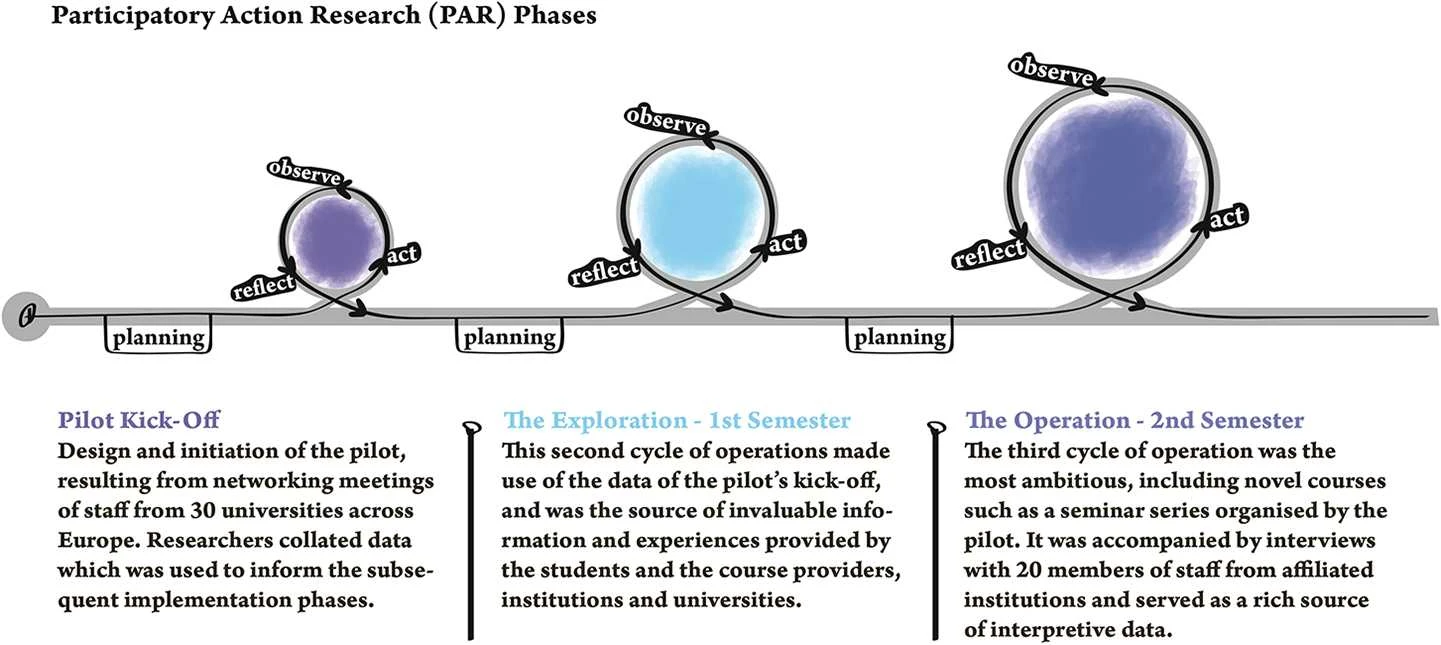
Quantum technology offers major societal benefits, but its growth depends on the supply of a qualified workforce.
Quantum Technology is based on the engineering of devices that make use of the quantum properties of matter. One of the most prominent avenues of this technology is quantum computing, which may be able to leverage quantum bits (qubits) to perform calculations more efficiently than classical computers. Technology with this “quantum advantage” will also operate in the background of our lives, providing ultra-secure communications and high-precision sensors and clocks.
The applications of quantum technology have led to a boom in investment worldwide; with this technology expected to have a huge societal impact. But to maintain this burgeoning industry, it is crucial that graduates with training in quantum technology enter the workforce. Plus, for the European Union to stay ahead in the quantum tech race, the workforce must assemble on a much shorter timescale than the 3 to 5 years (or more) of a PhD program.
In a new paper in EPJ Quantum Technology, author Simon Goorney, from Aarhus University, Denmark, and his co-authors describe the development of Open Master, a new form of transnational education, that could serve as a means of enhancing accessibility to specialist expertise in quantum technology. The ultimate goal of the pilot scheme, which operated over the academic year of 2021 to 2022, was to use the experience to conceptualise a model for the future of quantum technology education.




